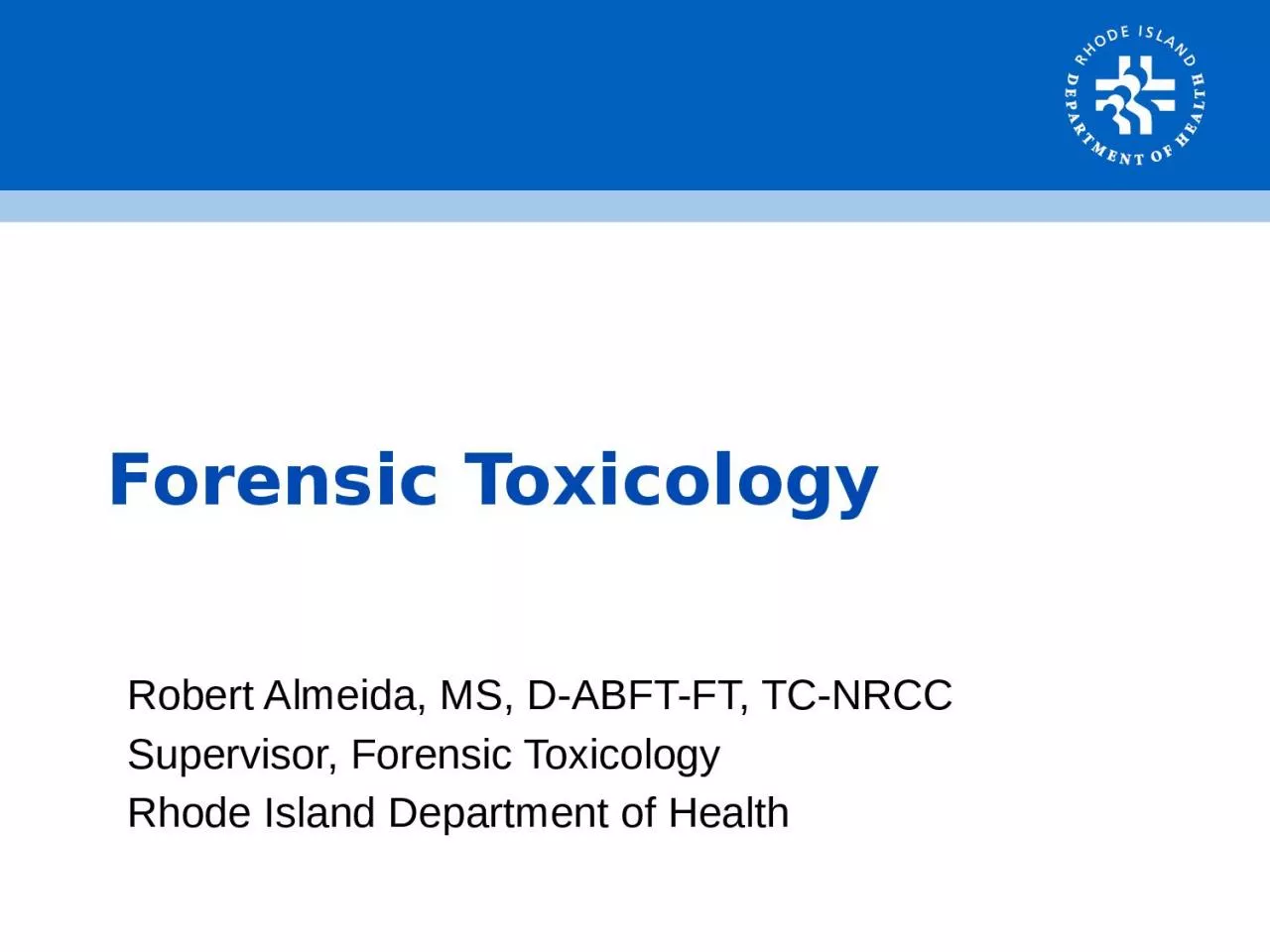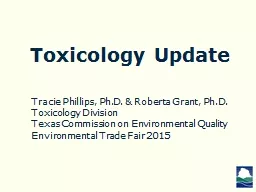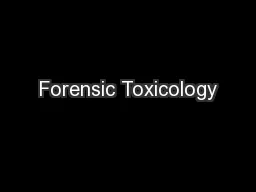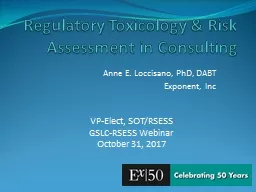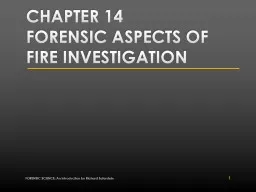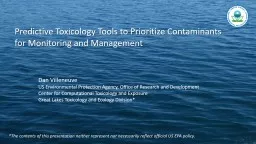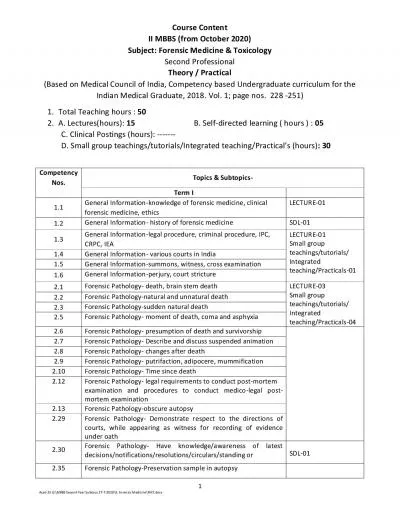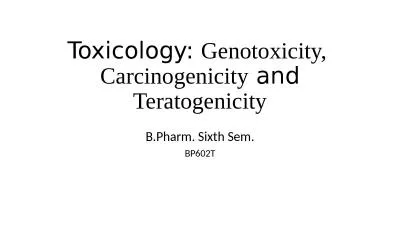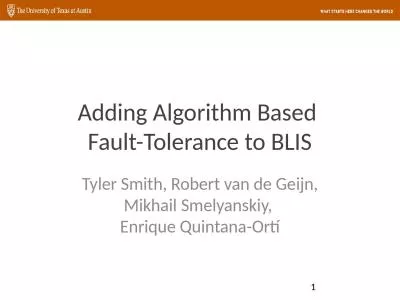PPT-Forensic Toxicology Robert Almeida, MS, D-ABFT-FT, TC-NRCC
Author : mia | Published Date : 2023-11-16
Supervisor Forensic Toxicology Rhode Island Department of Health Overview Introduction to FT Impaired Driving Program Local and National Statutes FT DUI Testing
Presentation Embed Code
Download Presentation
Download Presentation The PPT/PDF document "Forensic Toxicology Robert Almeida, MS..." is the property of its rightful owner. Permission is granted to download and print the materials on this website for personal, non-commercial use only, and to display it on your personal computer provided you do not modify the materials and that you retain all copyright notices contained in the materials. By downloading content from our website, you accept the terms of this agreement.
Forensic Toxicology Robert Almeida, MS, D-ABFT-FT, TC-NRCC: Transcript
Download Rules Of Document
"Forensic Toxicology Robert Almeida, MS, D-ABFT-FT, TC-NRCC"The content belongs to its owner. You may download and print it for personal use, without modification, and keep all copyright notices. By downloading, you agree to these terms.
Related Documents

